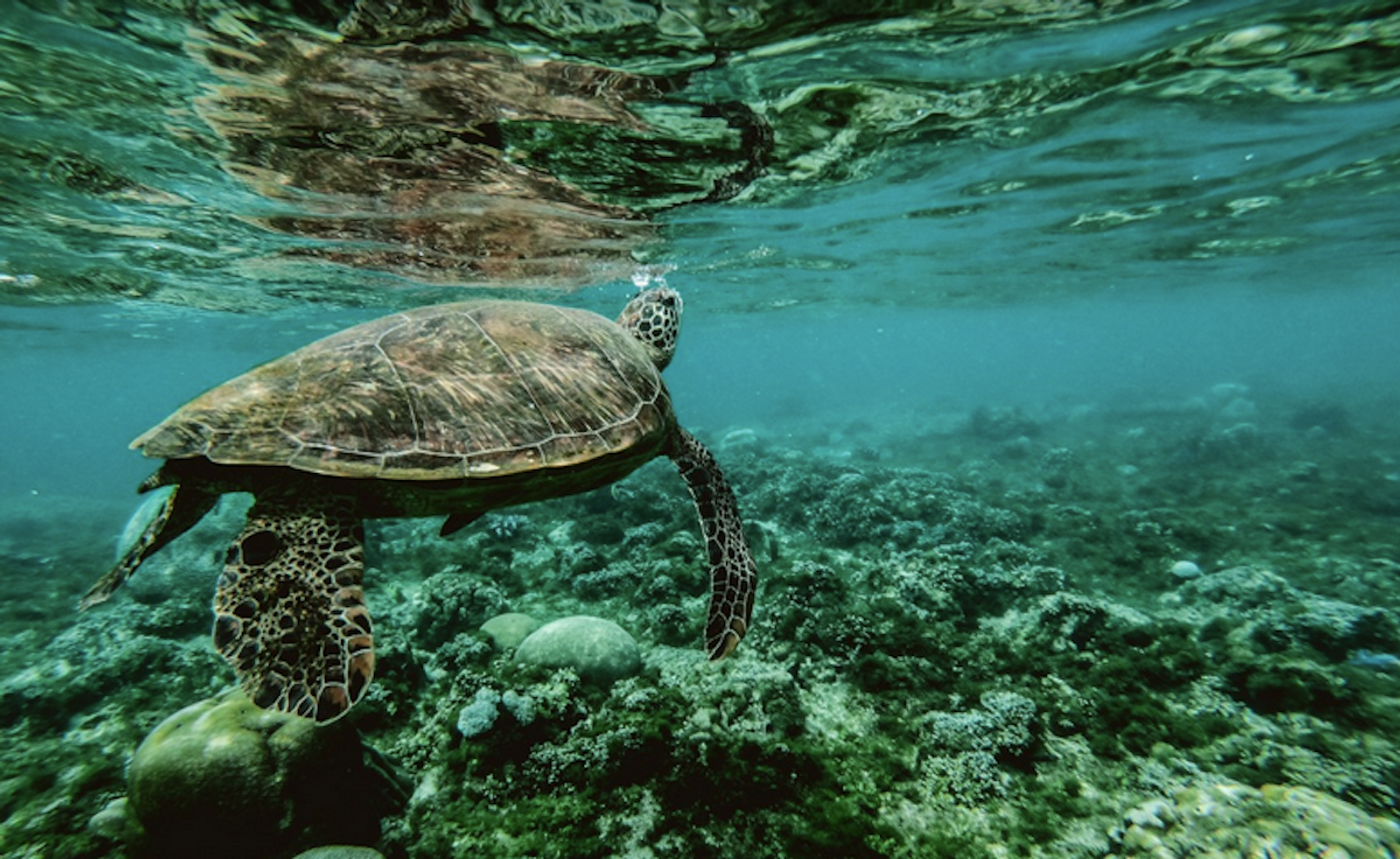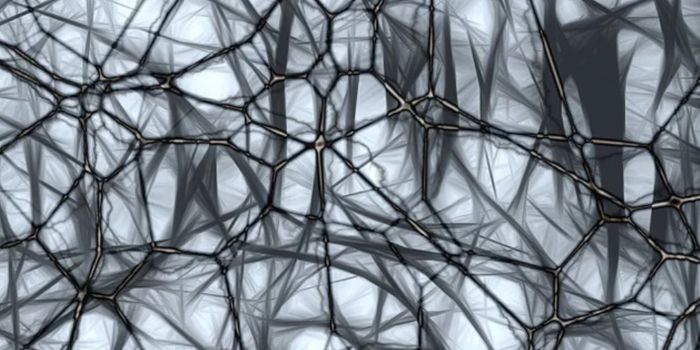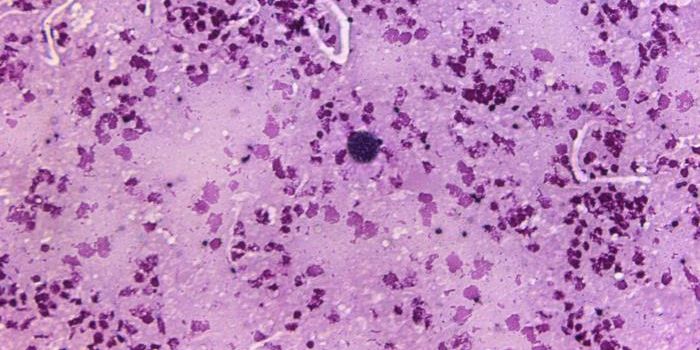Animals May Sense the Magnetic Field Because of Bacteria
Animals can sense magnetism, an ability called magnetoreception. Scientists have been trying to understand this sense, which helps guide sea turtles back to where they were born, for example. Experiments conducted in 2007 showed that their movement was deliberate, with one sea turtle traveling 3,500 kilometers in three months to get back to her egg-laying site, after being released 250 kilometers from it. So how do they do it?
"The search for a mechanism has been proposed as one of the last major frontiers in sensory biology and described as if we are searching for a needle in a haystack," said Robert Fitak, an assistant professor at the University of Central Florida (UCF) Department of Biology.
New work may help solve the mystery of where magnetoreception comes from. Fitak was part of an international team of researchers that has added evidence to the idea that symbiotic bacteria that sense the magnetic field, so-called magnetotactic bacteria, give animals their magnetic sense. Their work, which reviews arguments for and against this hypothesis as well as provides some new data, has been reported in Philosophical Transactions of the Royal Society B magnetotactic bacteria.
Fitak reviewed the Metagenomic Rapid Annotations using Subsystems Technology to find magnetotactic bacteria that have already been identified. He learned that many magnetotactic bacteria are already associated with animals, including bats and loggerhead sea turtles, which are known to have magnetoreception.
"The presence of these magnetotactic bacteria had been largely overlooked, or 'lost in the mud' amongst the massive scale of these datasets," he said.
Scientists still don't know exactly where magentotactic bacteria might reside within other organisms, noted Fitak. But they may be near nervous tissues like the brain or eyes.
"I'm working with the co-authors and local UCF researchers to develop a genetic test for these bacteria, and we plan to subsequently screen various animals and specific tissues, such as in sea turtles, fish, spiny lobsters, and birds," Fitak said.
If we can learn how animals sense magnetic fields, we may improve our own sense of them for navigation, or to further our understanding of how humans are disrupting the magnetism animals need to use. It may also help us create therapeutics that involve magnetism, like drug delivery.
More work will be needed to confirm that bacteria enable animals to sense the magnetic field.
Sources: Phys.org via University of Central Florida, Philosophical Transactions of the Royal Society B









